Sodium hydroxide (NaOH), commonly known as caustic soda, caustic soda, caustic soda, caustic soda, caustic soda, caustic soda.
It is called caustic soda in Hong Kong, and is a white crystal at room temperature, with it is a white crystal with strong corrosiveness at room temperature.
It is easily soluble in water, and its aqueous solution is strongly alkaline, which can turn phenolphthalein red.
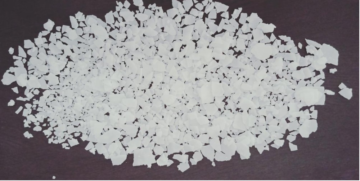
Sodium hydroxide Sodium hydroxide is a very common alkali and is one of the essential drugs in chemistry laboratories.
Sodium hydroxide is a strong, soluble base. Soda ash (scientific name sodium carbonate) is actually a salt,
The solution is alkaline because of its hydrolysis in water, and because it has some similar properties to sodium hydroxide.
Because it has some similar properties with sodium hydroxide, it is called “two bases” in industry, alongside sodium hydroxide.
Sodium hydroxide is easy to absorb water vapor in the air, so it must be stored in a sealed bottle with a rubber It must be stored in a sealed container with a rubber stopper.
Its solution can be used as a washing solution.
Flake soda and caustic soda are the industrial names for sodium hydroxide. In the I industry, sodium hydroxide is usually called as flake soda, fire soda, and caustic soda.
The sector that uses sodium hydroxide most] is the manufacture of chemicals.
It is followed by the manufacture of paper, aluminum, tungsten, rayon, rayon and soap. In addition, in production of dyestuffs, plastics, pharmaceuticals and organic intermediates,
regeneration of old rubber, sodium metal production, water and inorganic salt production, the production of borax, chromium salt, manganate, phosphate, etc.,
also to use a large amount of sodium hydroxide.
Both sodium hydroxide standard and soda ash are easily soluble in water, strongly alkaline, and both can provide Na+ ions.
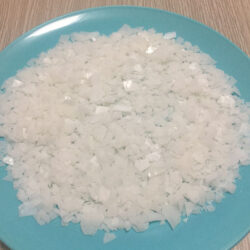
These properties make them widely used in soap making, textile, printing and dyeing, bleaching, paper making paper, refined petroleum, metallurgy, and other chemical industries.
Plain soap is the sodium salt of high grade sodium salts of fatty acids,
which are generally saponified with fats and oils in a slight excess of sodium hydroxide and is produced by saponification of fats and oils in a slight excess of sodium hydroxide.
You may have little or no exposure to sodium hydroxide, but people cannot live without it. For every ton of soap produced, 100 kg of sodium hydroxide is consumed,
and about 20 kg of sodium hydroxide is consumed for every 1,000 average sized aluminum pots and pans produced.
More sodium hydroxide is used in textiles, paper and refined petroleum, and it is needed in almost every industrial sector.
Sodium hydroxide is a white solid that dissolves very readily in water while giving off large amounts of heat.
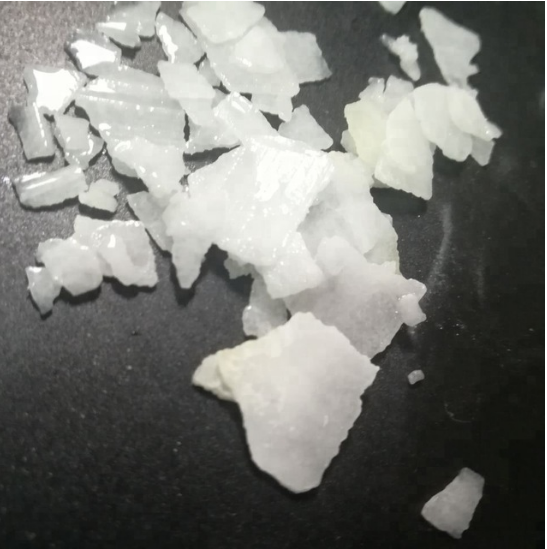
Solid sodium hydroxide exposed to air readily absorbs moisture from the air and gradually dissolves with a moist surface, a phenomenon called deliquescence. Using this property,
sodium hydroxide can be used as a desiccant for certain gases (such as oxygen and hydrogen).
Sodium hydroxide is strongly corrosive and is commonly known as caustic soda or caustic soda.
When using sodium hydroxide, you must be very careful not to taste it with your mouth or touch it with your fingers to prevent your skin and clothes from being corroded by it.
If you get sodium hydroxide, you should rinse it with water immediately.
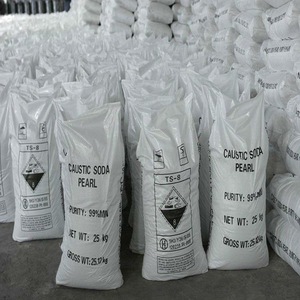
Sodium hydroxide is chemically very active and can react with many substances.
Sodium hydroxide solution can make purple litmus solution turn blue, make colorless phenolphthalein solution turn red, make green BTB solution turn blue. Litmus,
phenolphthalein, BTB can show different colors with the action of acid or alkali, such substances are called acid-base indicators, usually referred to as indicators.
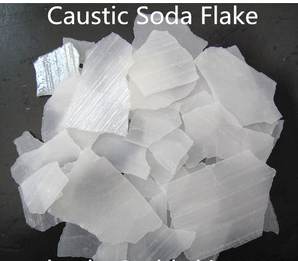
Different acid and base indicator solutions impregnated with filter paper, dried, you can make a variety of acid and base test paper. Acid solution or alkali solution in contact with the test paper will show a different color.
A short glass tube with a small rubber bubble and a dropper containing a concentrated solution of sodium hydroxide are inserted in a double-hole plug.
Take two gas collecting bottles, filled with carbon dioxide and sulfur dioxide respectively,
and plug the bottles tightly with the double-hole plug with glasstub7a686964616fe78988e69d8331333365643030.
Squeeze the sodium hydroxide solution in the dropper into the gas collection bottle, shake, and observe the change in the rubber bubble.
At this time, sodium hydroxide reacts with carbon dioxide to generate sodium carbonate and water, sodium hydroxide reacts with sulfur dioxide to generate sodium sulfite and water,
carbon dioxide, sulfur dioxide gas consumed in the reaction, the gas pressure in the collection bottle drops,
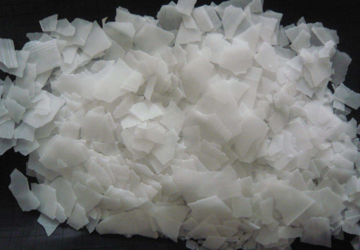
air through the short glass tube into the rubber bubble and make the small bubble expansion.
In two test tubes containing 3 ml of dilute sodium hydroxide solution, add a drop of phenolphthalein solution to each,
and add dilute hydrochloric acid and dilute sulfuric acid drop by drop to the two test tubes, shaking while dropping until the red color just fades away.
The solution after the reaction is drawn with a dropper and dried over a low fire in an evaporating dish, which is left with sodium chloride and sodium sulfate.
Sodium hydroxide reacts with hydrochloric acid to produce sodium chloride and water,
and reacts with sulfuric acid to produce sodium sulfate and water, such as this reaction of base and acid to produce salt and water is called neutralization reaction, and the neutralization reaction is a kind of compound decomposition reaction.
Sodium hydroxide can also react with salt in a complex decomposition reaction.
In two test tubes, inject two or three milliliters of copper chloride solution and ferric chloride solution, and observe what color they each show.
The copper chloride solution is blue, while the iron chloride solution is brownish yellow. Add one milliliter of sodium hydroxide solution dropwise to each of the two test tubes and observe the change in the test tubes.
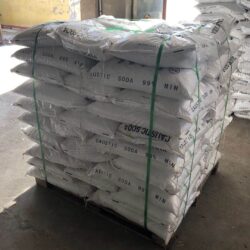
The blue copper chloride solution reacts with the colorless sodium hydroxide solution to produce a blue flocculent precipitate of copper hydroxide.
The brownish-yellow ferric chloride solution reacts with the colorless sodium hydroxide solution to produce a reddish-brown flocculent precipitate of ferric hydroxide.

 By Coco Ho
By Coco Ho



